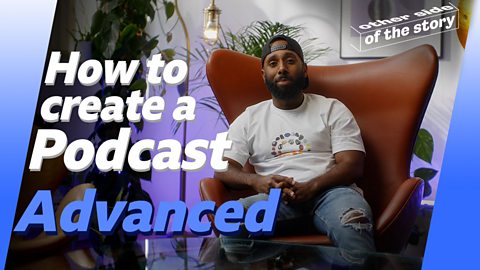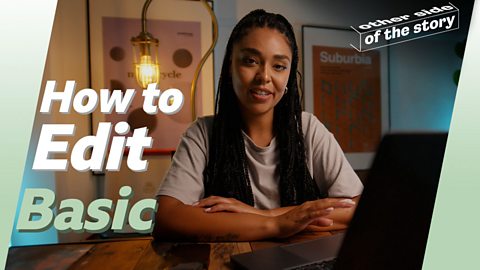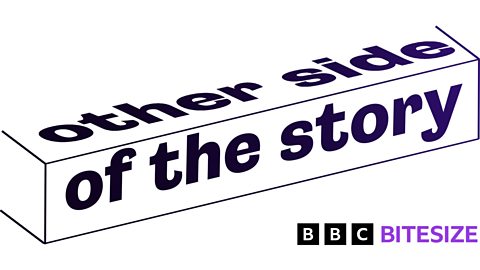If you're just starting out on your podcasting journey, check out what podcasting pro Chuckie Online has to say about getting your podcast to the top of the charts!
Check out Chuckie Online's advanced podcasting tips here.

Step 1 (00:30) – Decide on your concept or idea.
What would you like to talk about? How will your podcast stand out?


Step 2 (00:40) – Get your hands on some recording equipment.
You don’t need expensive kit, the phone in your pocket will do the job. There are lots of free recording apps you can use to record your podcast.


Step 3 (00:56) – Find a quiet space and get practising!
Try holding your phone 20-30cm away to create the best quality audio. Recording in a room that has lots of soft furnishings such as cushions and curtains will also help, by reducing the echo in your room.

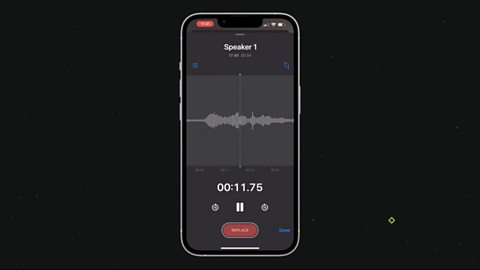
Step 4 (02:28) – Record your podcast.
Make sure you keep an eye on your recording levels throughout, you’re aiming for your levels to be around three quarters of the way up. Too low and you won’t be able to hear your voice, but too high and the sound will peak and sound distorted.

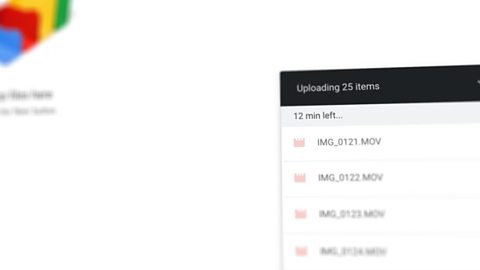
Step 5 (02:53) – Back up your recordings and import into your edit.
To back up your recordings you can copy and paste or send the files to your computer, hard drive, or upload to a cloud service. Then import your files into your chosen editing software or app, you can use video or audio software for this. There are plenty of free editing options such as iMovie, Clipchamp, DaVinci Resolve and Adobe Premiere Rush.

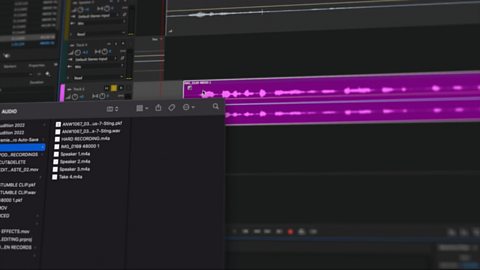
Step 6 (03:10) - Begin your edit.
Open a new timeline, sequence or multi track session and drop your audio file onto the timeline. Remove any unwanted stumbles by either highlighting and pressing the backspace key or by adding cuts into your audio, by using the razor/blade tool, or split clip/add edit function, and deleting the unwanted section. This function differs depending on your software or app.

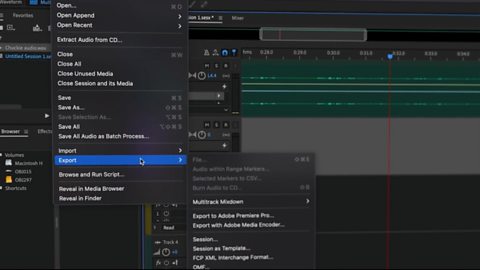
Step 7 (03:53) – Finalise and export your finished podcast.
Before exporting, check you're happy with your audio levels. If your voice is too quiet or loud, alter the levels to suit. Remember, you're aiming for the levels to peak three quarters of the way up. Use the export settings that work best for you. Most editing software will have preset export options to use, but often .wav and .mp3 files will work best for sound files.

